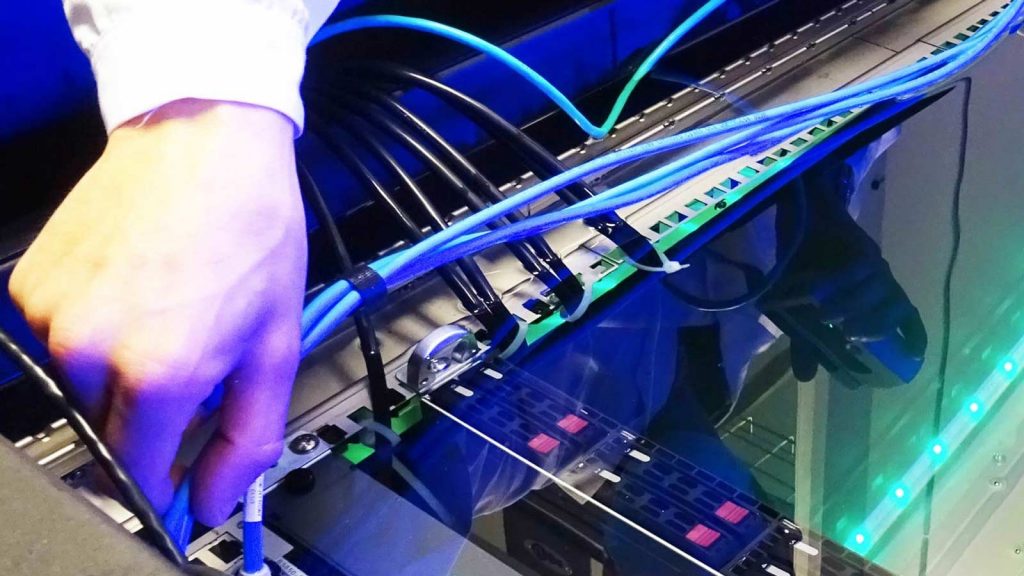Cloud computing and data centres, and their role in climate change mitigation
In the digital age, data is the lifeblood of our society, it is powering everything; from communication to entertainment and beyond. Data centres are the heart of global interconnectedness. However, the rapid growth of data centres and the ever-expanding space of cloud computing have raised concerns about their environmental impact and contribution to climate change. In recent years, innovative techniques such as liquid immersion cooling have emerged as potential solutions to address these pressing environmental concerns.
The Data Dilemma
Data centres are the backbone of the modern digital landscape. They house a vast network of servers that store, process, and distribute data to users around the globe. This infrastructure is critical for services we depend on daily, from streaming videos to accessing online documents. As our reliance on digital services has grown, so too has the demand for data centres. This surge in demand comes with a price – energy consumption.
Data centres require a significant amount of electricity to power and cool their servers. Recent studies indicate that the cooling process alone can account for nearly 40% of their total energy consumption. As data centres proliferate to keep up with the demands of cloud computing, concerns over their carbon footprint and contributions to climate change have escalated.
Cloud computing and carbon footprint
Cloud computing, which involves the delivery of various services over the internet, has revolutionised the way businesses operate and individuals interact with technology. However, this convenience comes at a price – the environmental cost. The centralised nature of data centres supporting cloud infrastructure means that even small efficiency gains can translate into substantial energy savings.
As indicated by Atakal and others (2022) in a research that explored energy efficiency in cloud computing data centres cloud computing has the potential to be more energy-efficient than traditional on-site data centers, especially when workloads are optimised. Atakal and others note that cloud providers can achieve economies of scale and invest in cutting-edge technologies to improve energy efficiency. Nevertheless, the overall impact depends on various factors, including the energy sources used by the data centres and the energy efficiency practices they adopt.
Liquid immersion cooling takes us a step towards sustainability
One innovative approach that holds promise in addressing the environmental concerns associated with data centres is liquid immersion cooling. This technique involves submerging servers and other electronic components in a non-conductive liquid that absorbs and dissipates heat more effectively than traditional air cooling methods.
In traditional air cooling, servers generate heat as they operate, and this heat needs to be continuously removed to prevent overheating. Air cooling requires substantial energy consumption to maintain optimal temperatures, contributing to the overall energy footprint of data centres. On the other hand, liquid immersion cooling offers a more efficient solution by directly transferring heat away from the components, reducing the need for energy-intensive cooling mechanisms.
This method not only enhances energy efficiency but also provides a unique advantage in reducing the physical footprint of data centres. Immersing servers in cooling liquids allows for denser server configurations, maximising the utilisation of available space. Additionally, the cooling liquids can be engineered to be more environmentally friendly, further aligning with sustainability goals.
Balancing technological growth and environmental responsibility
As data generation continues to surge a balance between technological advancement and environmental responsibility is needed. The expansion of data centres and cloud computing should be accompanied by strong strategies to minimise their carbon footprint. Energy-efficient designs, utilisation of renewable energy sources, and the adoption of innovative cooling technologies like liquid immersion cooling are steps in the right direction. Also, collaboration between industry stakeholders is essential to develop and implement sustainable practices. Stricter regulations and incentives for adopting green technologies can incentivise data centre operators to make eco-conscious choices.
Although data centers and cloud computing are integral components in the interconnected world their environmental footprint cannot be overlooked. The energy consumption associated with data centres contributes to climate change concerns. While cloud computing offers potential energy efficiency gains, techniques like liquid immersion cooling stand out as innovative solutions that can significantly reduce the environmental impact of data centres. By embracing these technologies and adopting sustainable practices, the tech industry can continue to evolve while treading more lightly on the planet.

